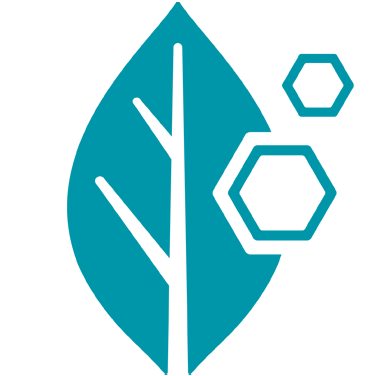Types of headaches
1. Tension headaches
Usually felt as a tight band around the head, tension headaches may arise as the result of emotions (anxiety, tiredness, over-excitement, insecurity). They occur on both sides of the head, and do not worsen with physical activity. The pain usually increases simply as the day goes on.
Massage, especially in the neck and shoulder area, can offer instant relief. Including
magnesium-rich foods in your child's diet is also recommended as an adequate intake may help support muscle health and relieve muscular tension.
2. Migraine
Often showing up as a throbbing, pulsating pain are migraines. Commonly, pain occurs in both the left and right temple regions and the front of the head. When kids have migraines, the pain may be felt on only one side of the head.
Migraines last for at least an hour, but might go on for days on end. Their characteristics represent a more severe headache than the tension kind.
See if your child experiences any light or sound sensitivity. Nausea and vomiting are also common signs that you are dealing with a migraine. If you are, it is important to cease all physical activity, as this type of headache is aggravated by movement.
3. Allergic headaches
Children with food sensitivity may react to the natural chemicals in foods such as milk, cheese, citrus, wheat, eggs, tomato, chocolate and fish. Respiratory and digestive allergies can also cause headaches.
Treatment usually involves a temporary elimination diet, following extensive consultation with a specialist.
4. Sinus headaches
With a sinus headache, pain is felt around the eye socket and cheeks.
Try an inhalation of lavender and eucalyptus oil to ease the headache and relieve congestion.
5. Eyestrain headaches
Eyestrain headache pain is felt around the eyes, particularly during screen activities or while attempting detailed work.
Encourage plenty of breaks and as much natural light as possible, and include vitamin A, betacarotene and zinc-rich foods in the diet.
If these headaches continue, eye glasses may be needed.
6. Muscular and postural headaches
Symptoms can include muscle tension at the base of the skull, or pain on the forehead and around eyes.
These headaches are often caused by ergonomic factors, such as chairs being too low or lounges too big and soft. If there has been any injury, consider treatment by an osteopath or chiropractor. Muscular and stress related headaches tend to be the most common.
7. Low blood sugar headaches
These headaches occur mainly around the temples, and may disappear when food is eaten.
If your child gets these headaches, try six to eight small meals a day rather than three big ones, including a protein source and complex carbohydrates each time to help balance blood sugar levels.
8. Dehydration headaches
Headaches can also arise from mild dehydration.
If your child is active and the temperature is hot, monitor their fluid intake: 1.5 litres of water per day is recommended.
Remember, include plenty of fresh fruit, vegetables and whole grains in your child’s diet and encourage them to drink plenty of water.
How to relieve headaches
Once parents have understood the nature of their child’s headache, and its patterns, they can start thinking about how to cure the headache.
Routines to prevent headaches to occur in the first place should also be put in place.
Natural relief from headaches
When it comes to natural remedies for headaches, there are a number of things you can try. When children experience migraines for example, the establishment of a regular sleep routine should be the number one priority. This should help to minimise the occurrence of these types of headaches.
It is also good to be aware of what your child is eating prior to the headache. Sometimes kids can start feeling pain during a meal, while other times the headache can arise hours later. You may find that your child has some sort of food allergy causing the headache.
Try eliminating various foods from your kid’s diet under consultation with your health care professional.
When your kid is headache prone
If your child is prone to headaches, try to modify social and physical activities, and try to limit psychological stress. It your child is very busy with both dancing and playing the piano after school, for example, this could absolutely cause distress on that certain day.
Instead of participating in more than one activity on one school day, it is a good idea to spread these activities throughout the week.
If you are ever in doubt on how to manage your little one’s headache or if they are experiencing severe, recurrent or persistent headaches see your healthcare professional.


